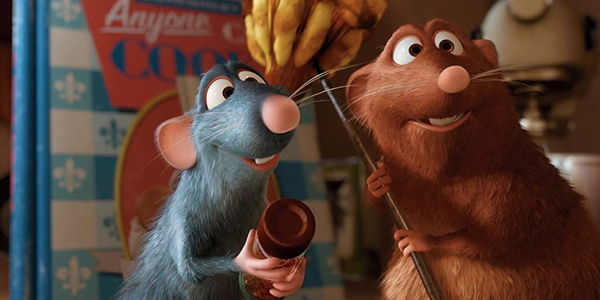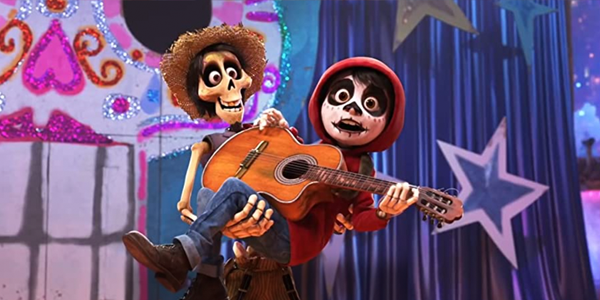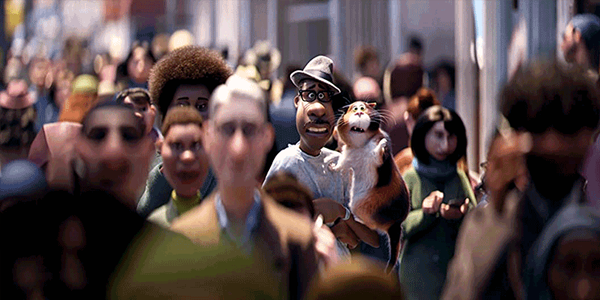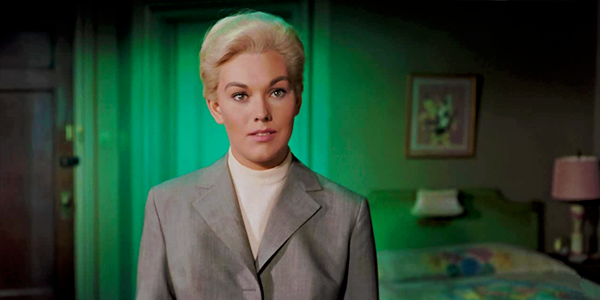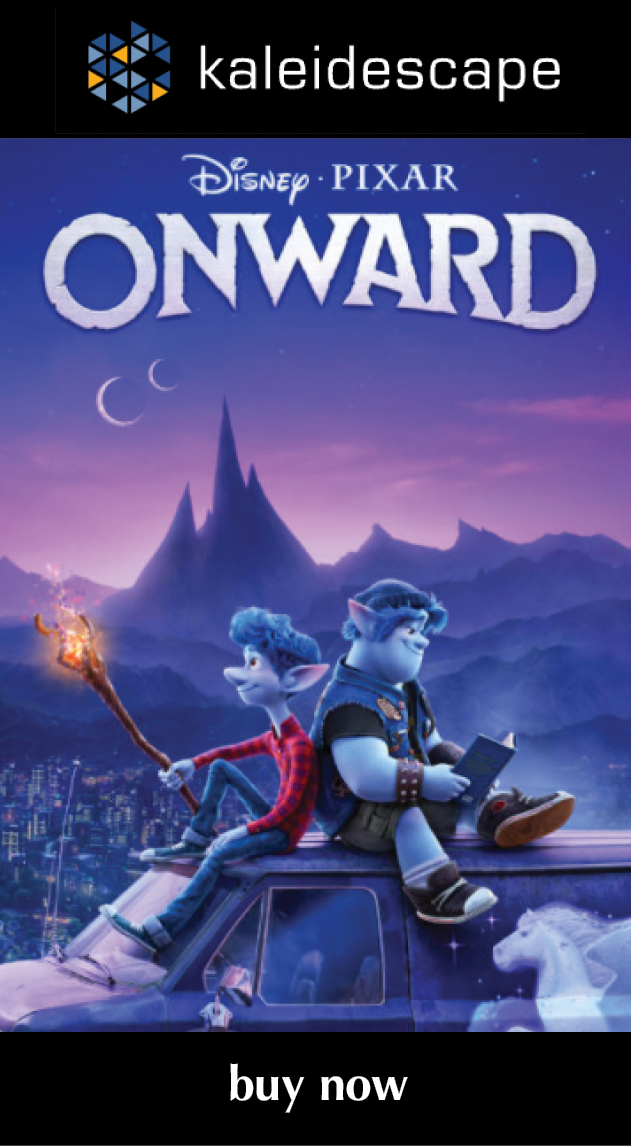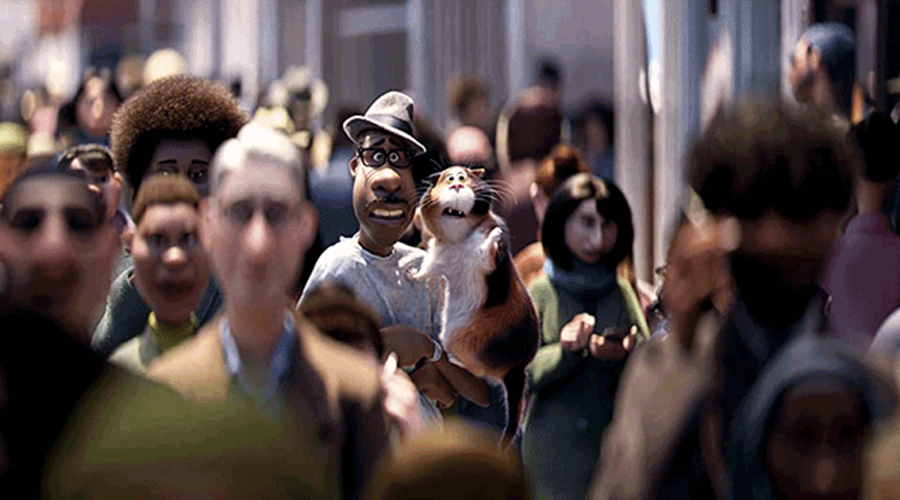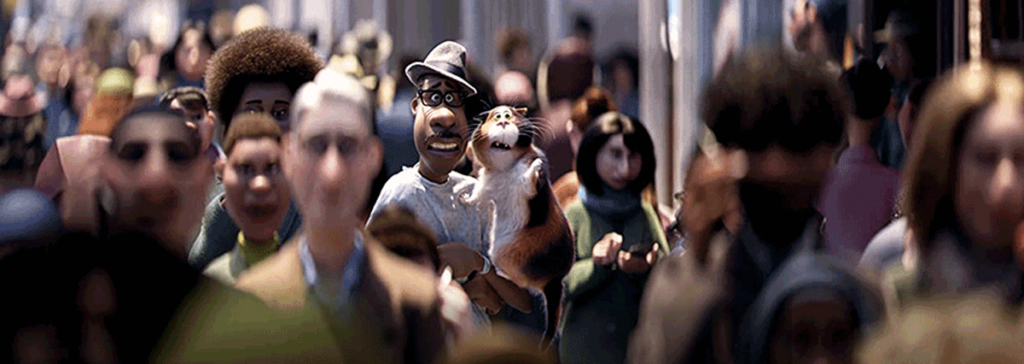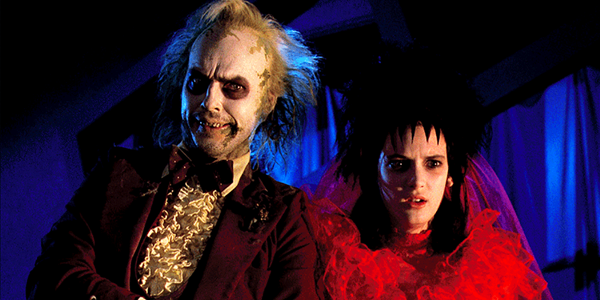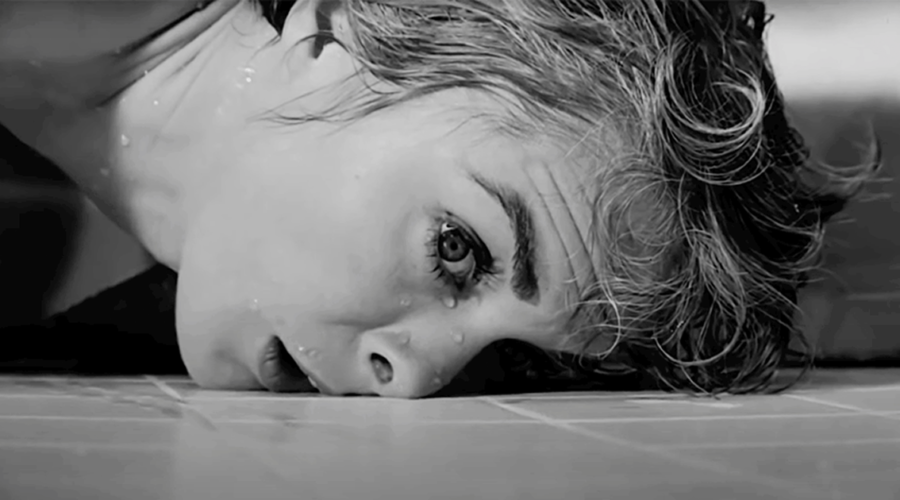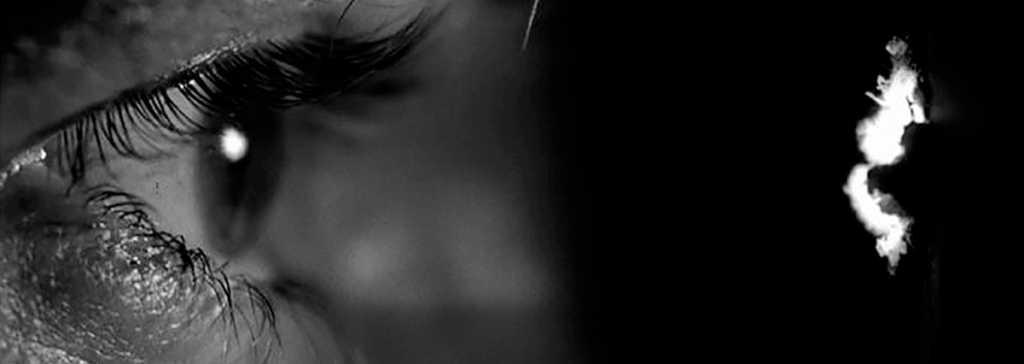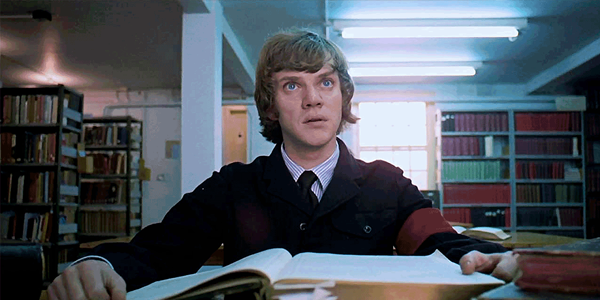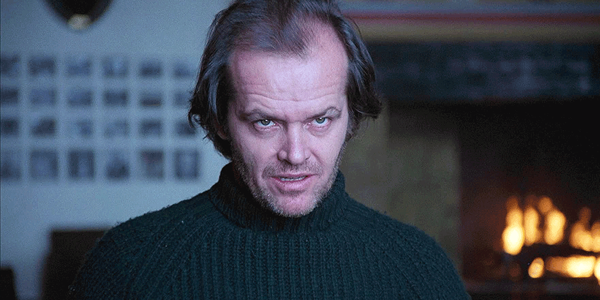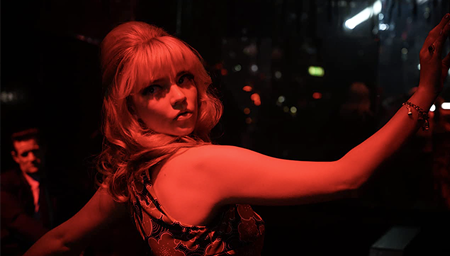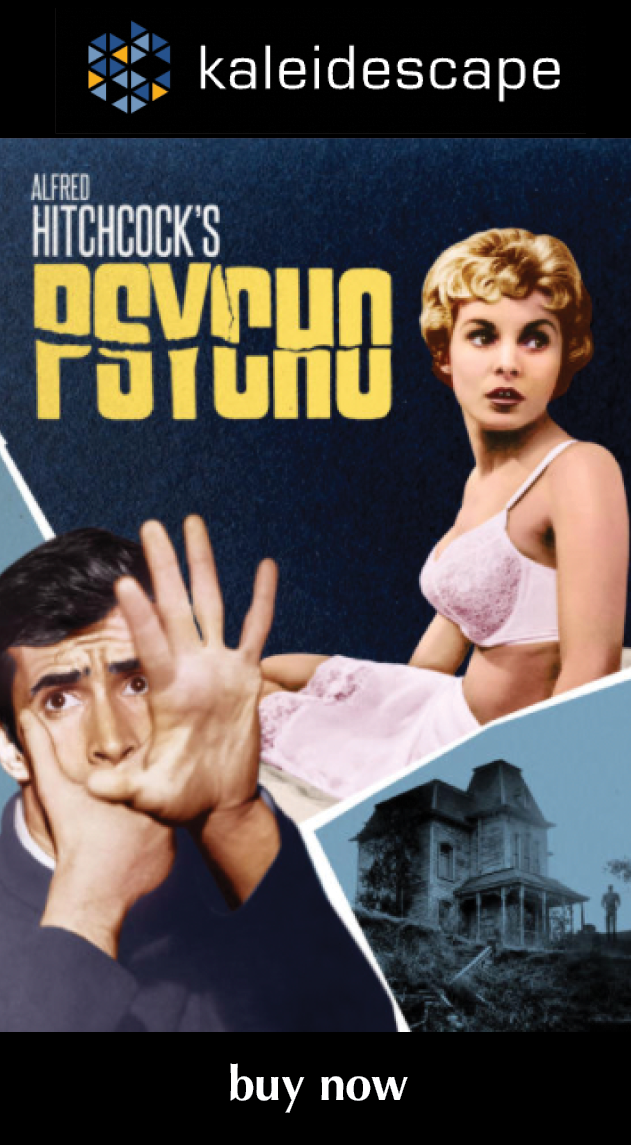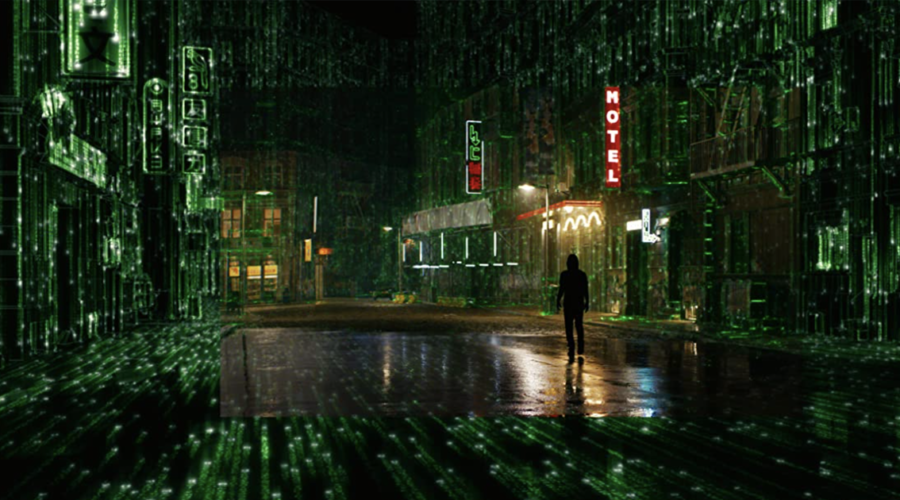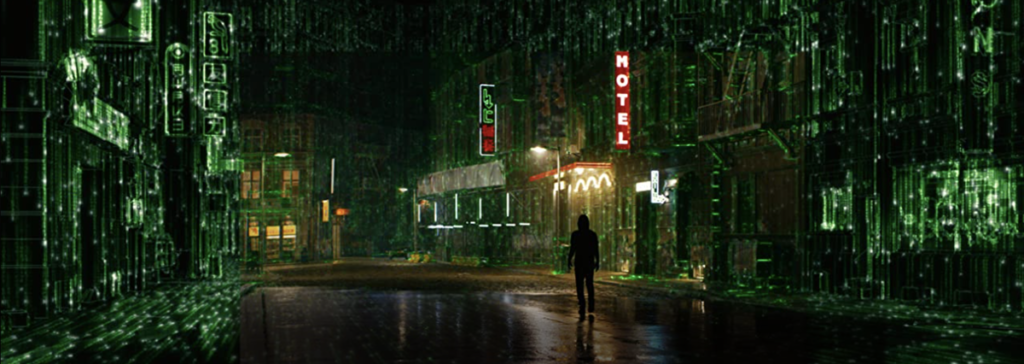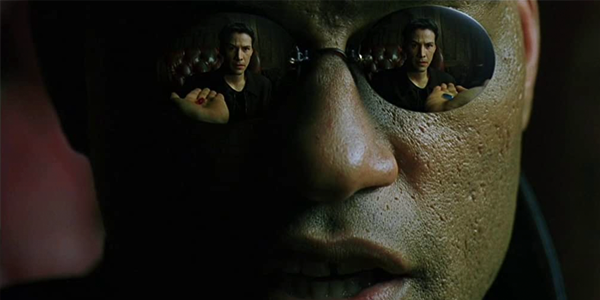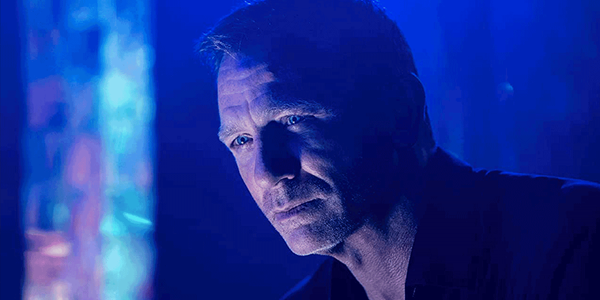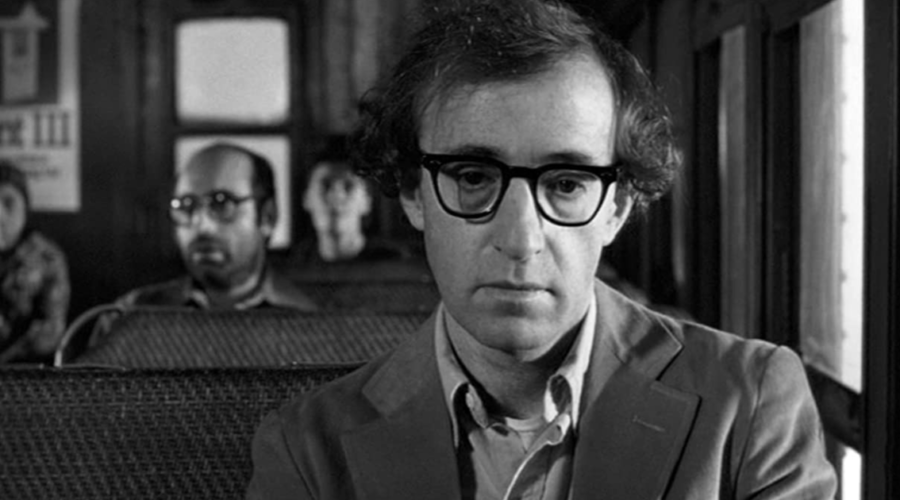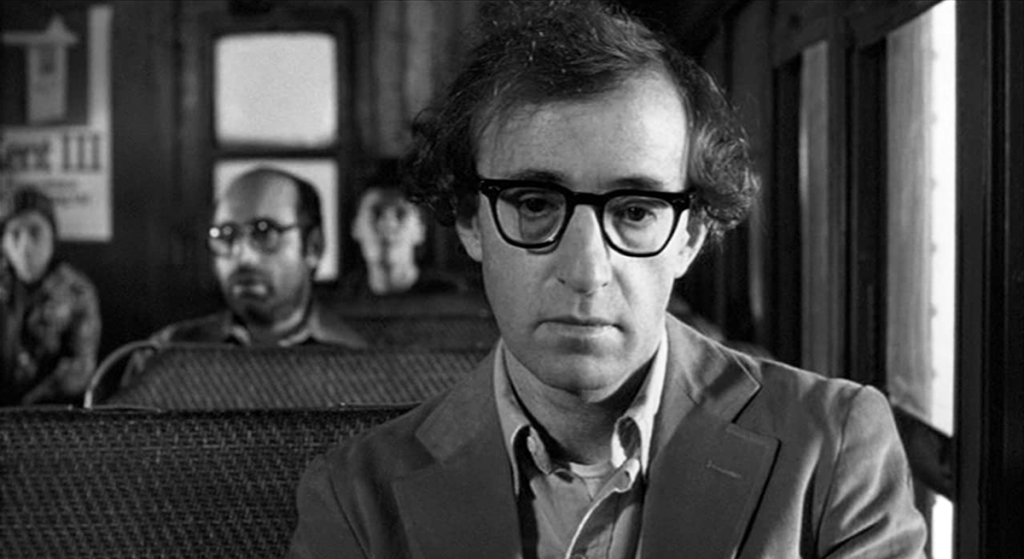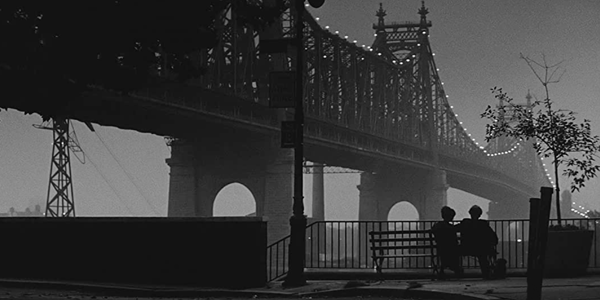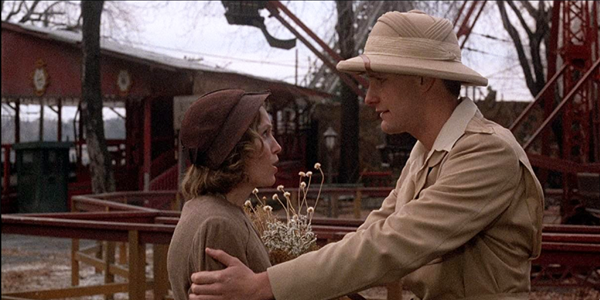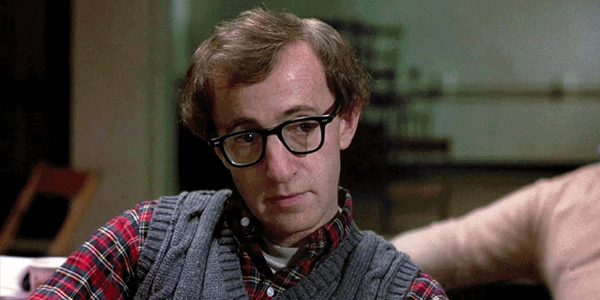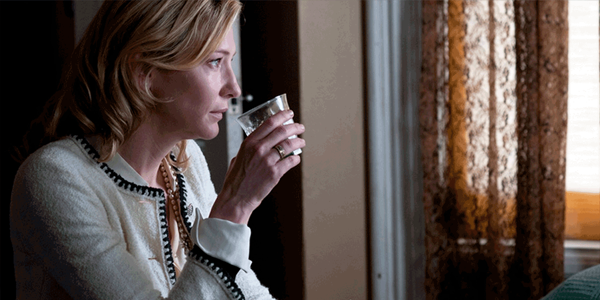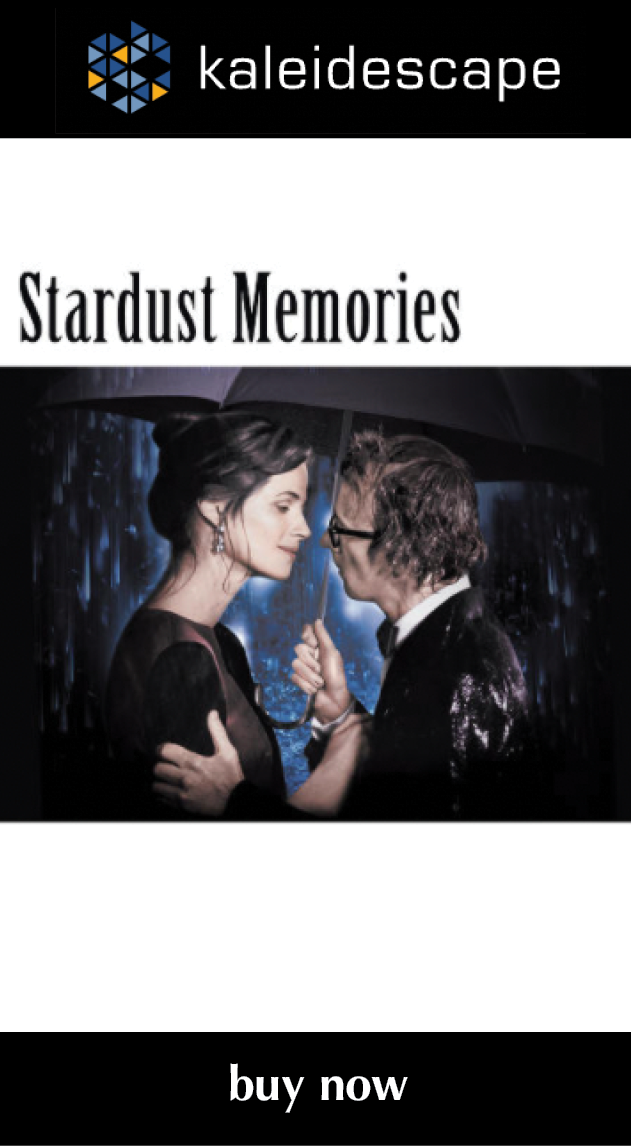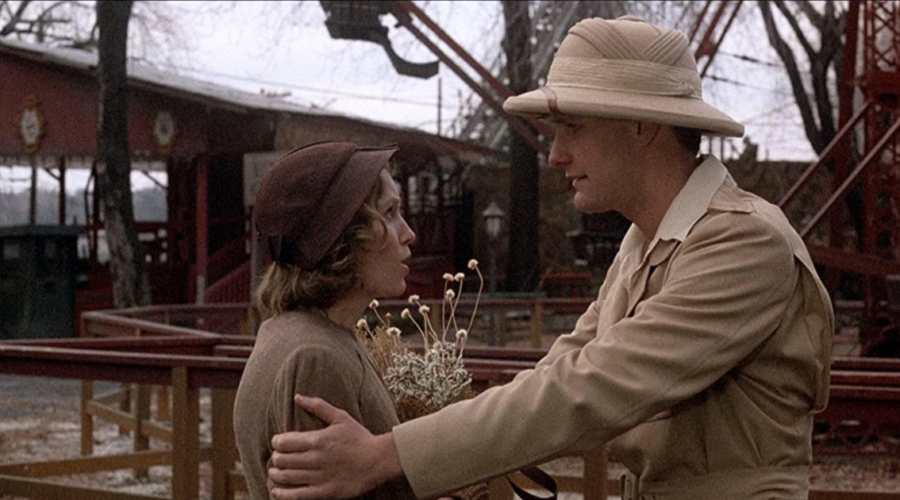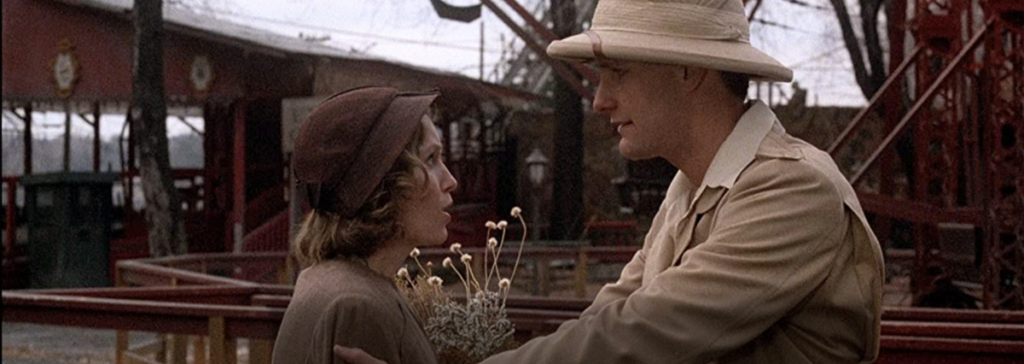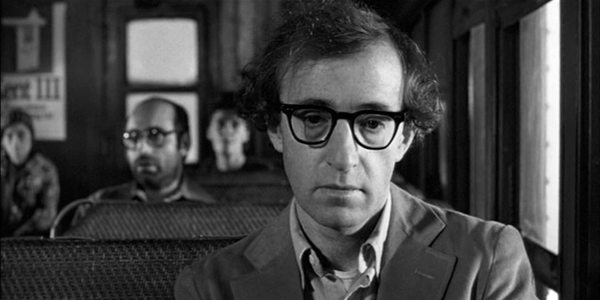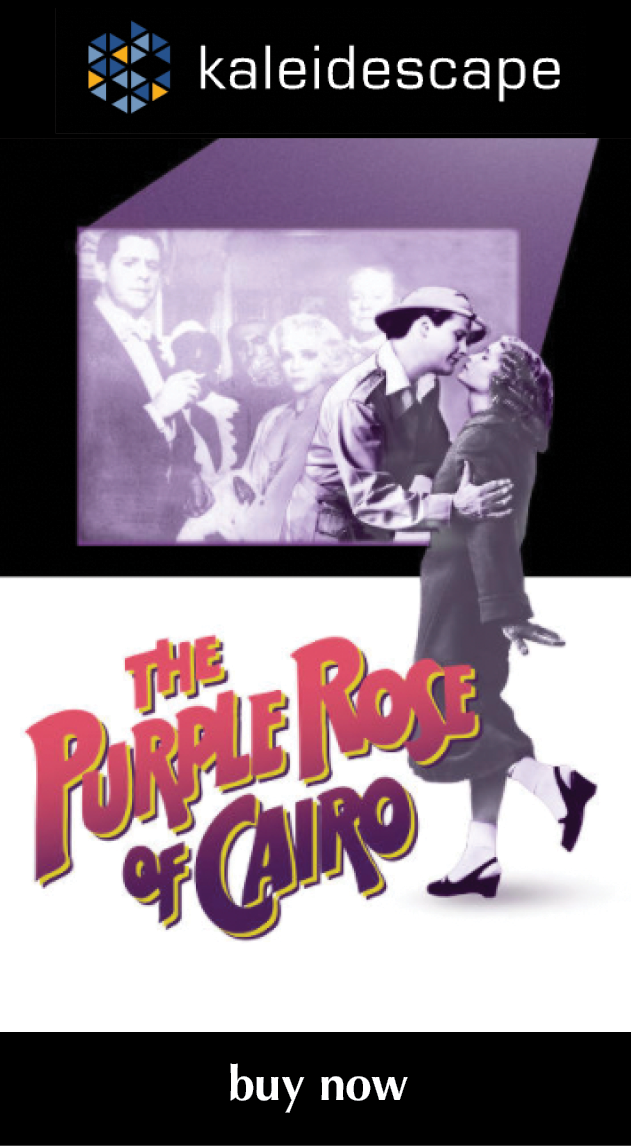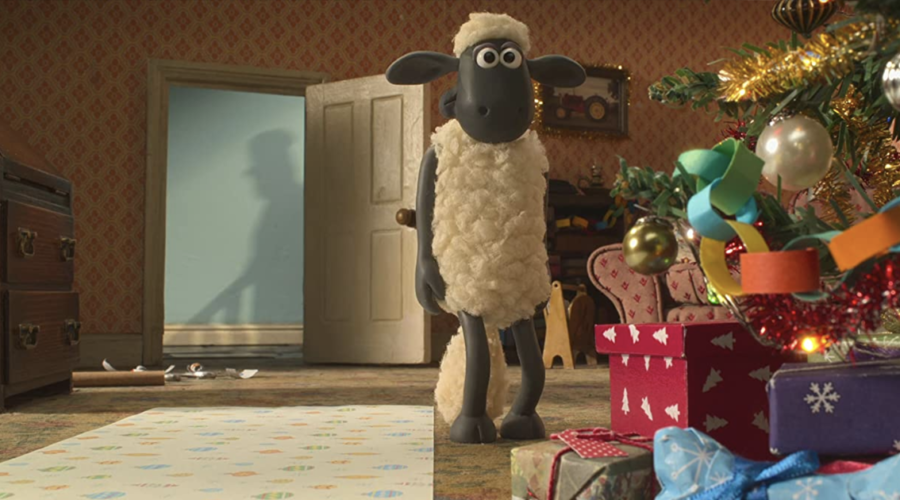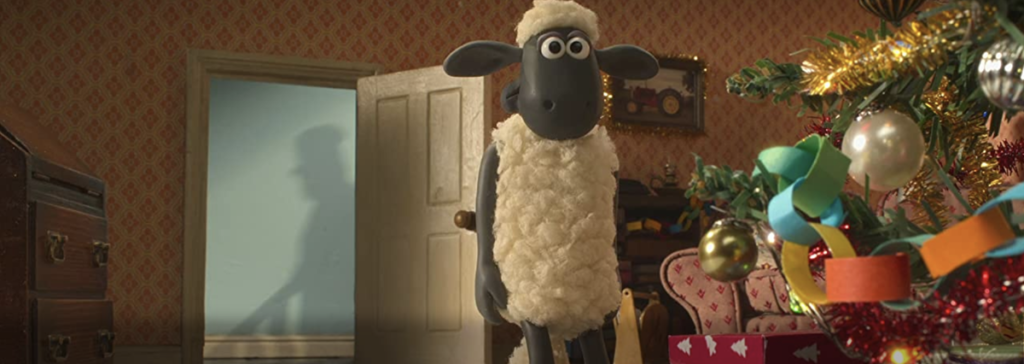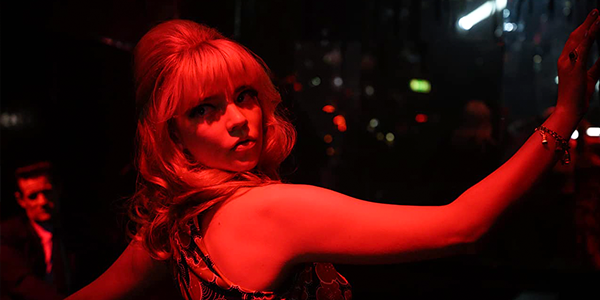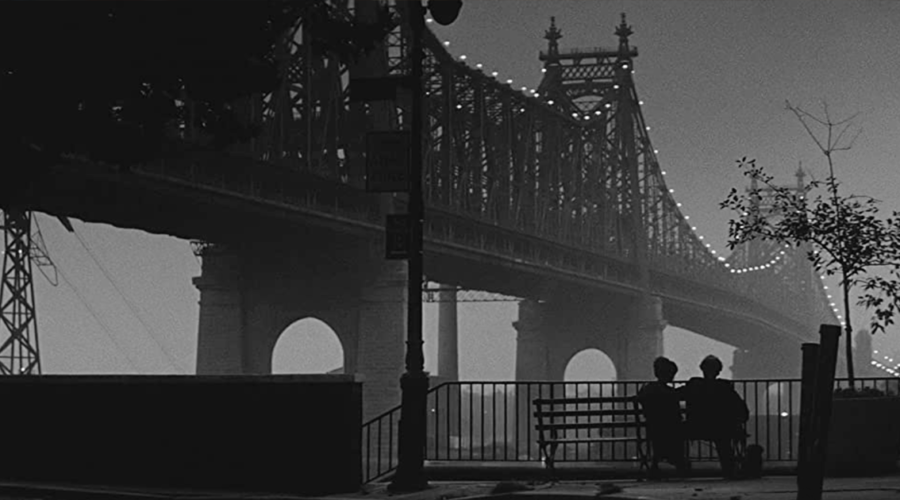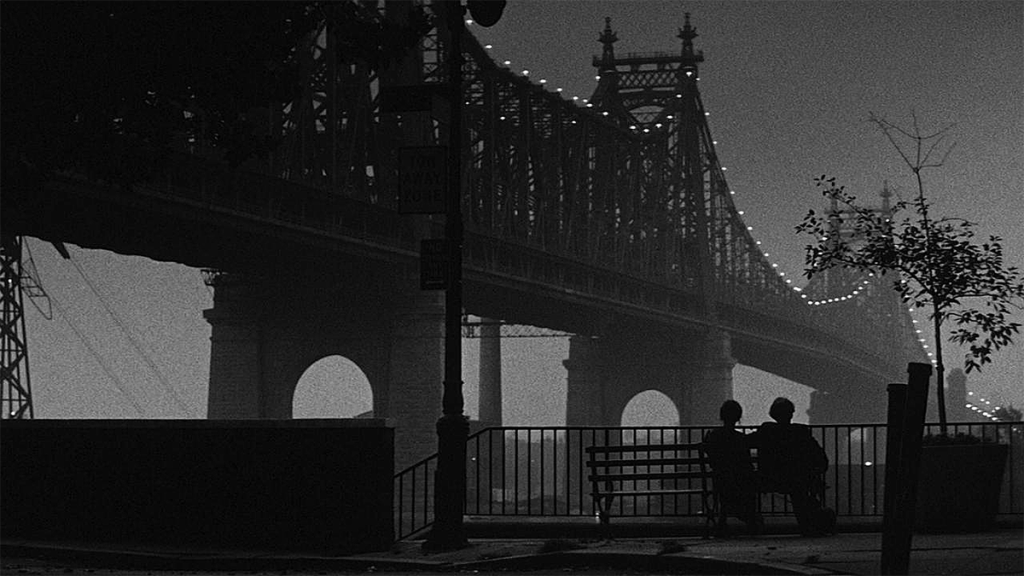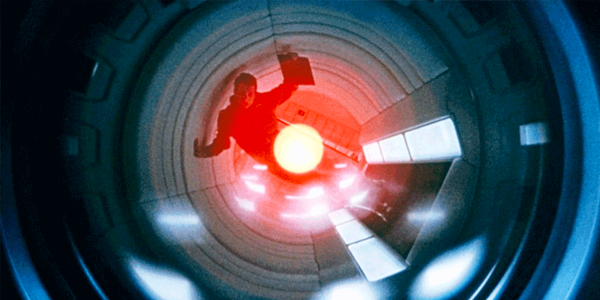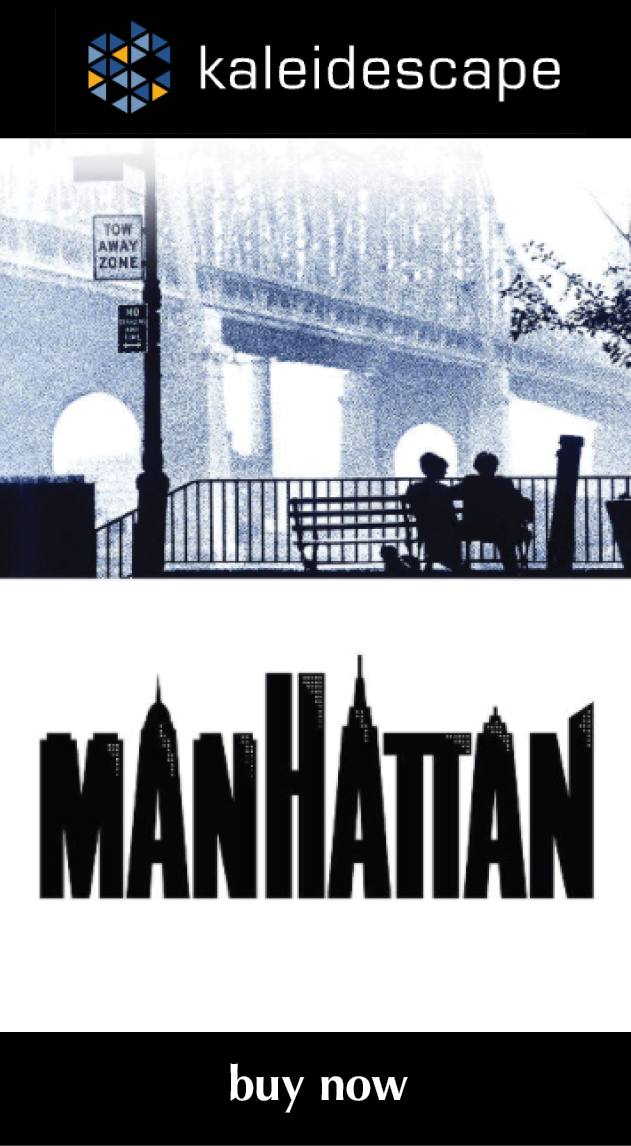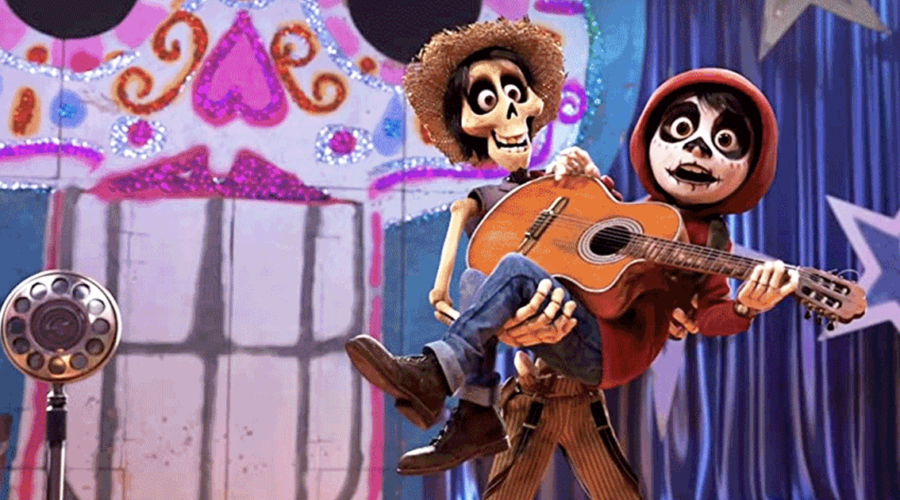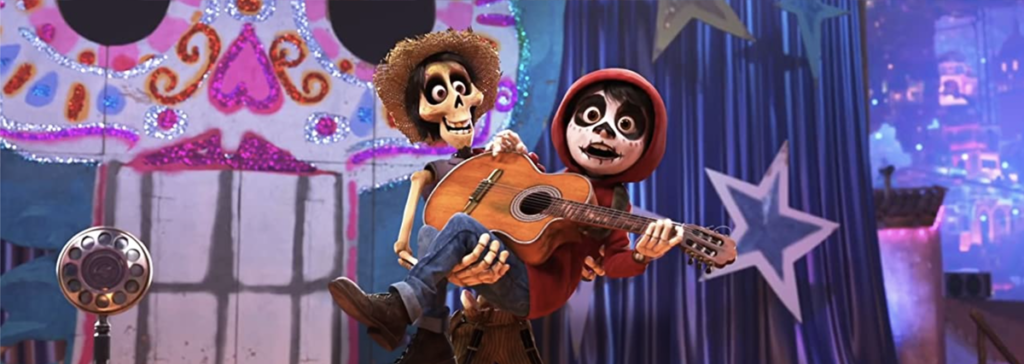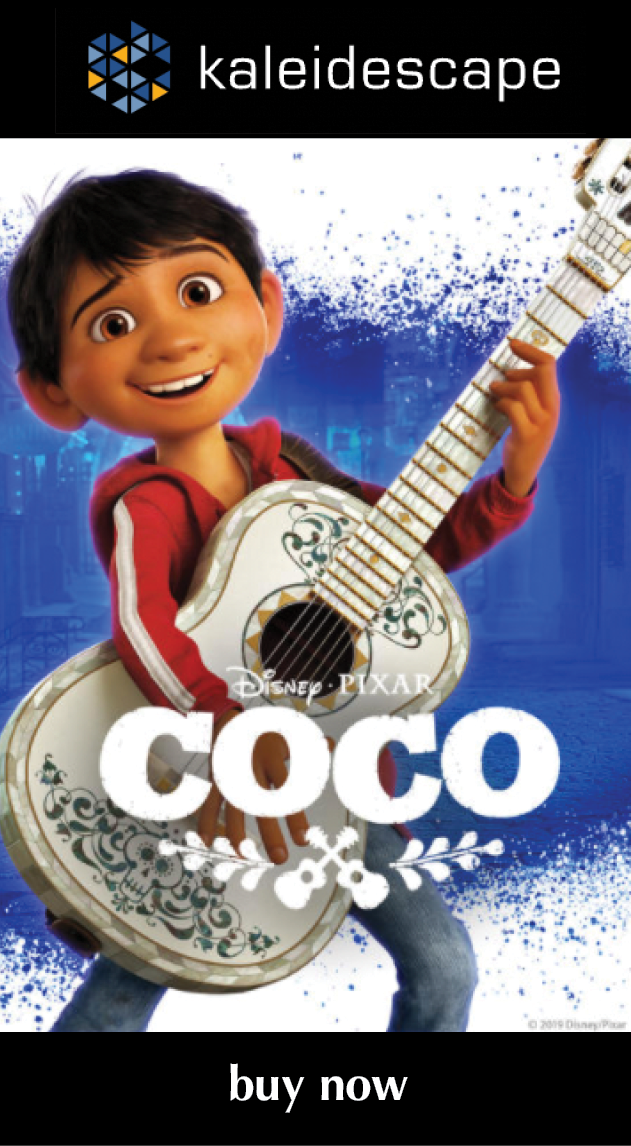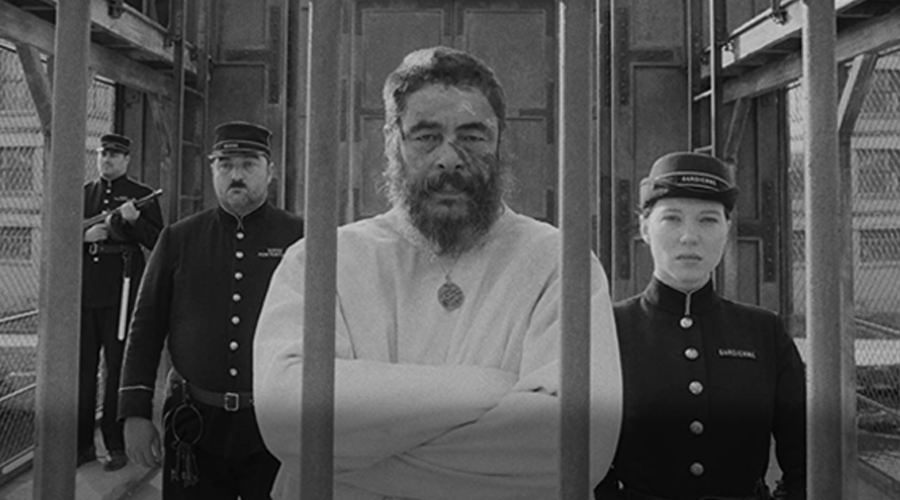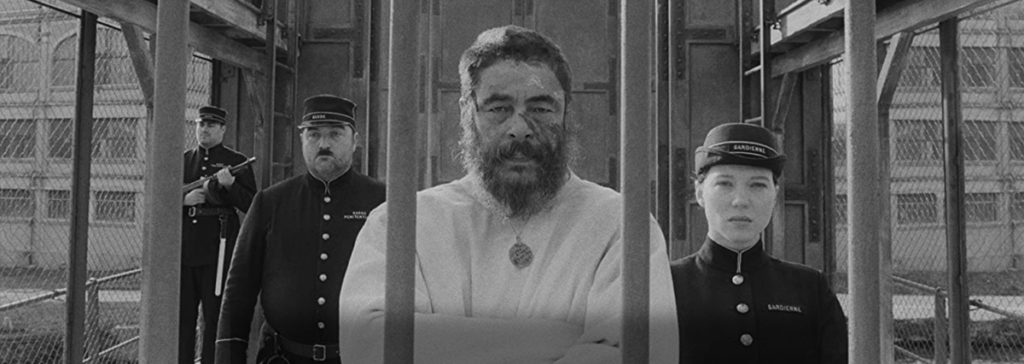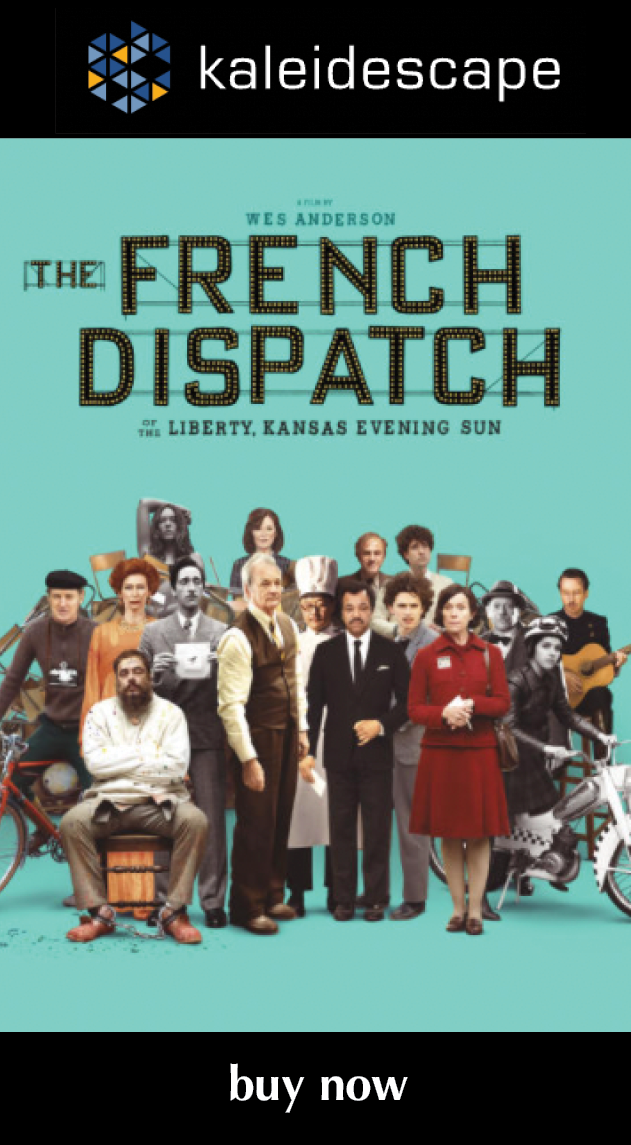Review: Onward

review | Onward
This offering follows the Pixar formula, transcending its RPG roots to appeal to a wide and diverse audience
by John Sciacca
March 22, 2020
Onward is set in the fantasy world of New Mushroomton, a world that was once filled with adventure and wonder and magic. But magic wasn’t easy to master and over time it faded away, and now itls a forgotten skill replaced by technology. I mean, why struggle learning to cast a light spell or rely on a wizard when now everyone can just walk over and flip a switch?
This setting is one of the first unique things for Pixar, in that the film takes place in an entirely fantastical world. Every other Pixar film has been set to some degree in the “real world.” Whether it is the distant future of Wall-E, the underground insect world of A Bug’s Life, inside Riley’s head in Inside Out, or the alternate reality of The Good Dinosaur, the studio’s world building had so far been based on our world. (Even Monstropolis from Monster’s, Inc. and Monster’s University is tied to our world, as the monsters cross over into our side of the closet door.)
Onward also features some deep ties to fantasy role-playing games like Dungeons & Dragons and Magic: The Gathering, with tons of references overt and subtle that fans of these games will pick up and love, specifically one gelatinous monster that even passing D&D fans will be familiar with. The movie’s substitute for these is Quests of Yore, “A historically based role-playing scenario.”
In a way, it reminded me of a “Weird” Al Yankovic song like “All About the Pentiums.” You can enjoy the song on the surface for what it is but the deeper you are into geek culture, the more you’ll appreciate its brilliance on different layers. Pixar is known for littering Easter eggs throughout its films, and Onward features more references and hidden jokes than perhaps any other, and the home release allows you to pause and analyze scenes to loot-hunt these treasures at your leisure.
Whether it is The Lion King, Bambi, Frozen, Finding Nemo, or numerous other films, a common theme among Disney heroes is having lost a parent, often in some tragic manner. But no film tackles this subject head-on quite like Onward, where the movie’s entire plot revolves around the opportunity to bring back a lost parent, to spend one last day with him. Also, for the first time we hear Disney characters not only talking about the pain and loss of losing a parent but of the emotions of having to deal with a parent that is sick and dying. Heavy stuff for a “kid’s” movie.
The film focuses on elven brothers Ian (Tom Holland) and Barley Lightfoot (Chris Pratt) some 16 years after their father has died. On Ian’s 16th birthday, their mom, Laurel (Julia Louis-Dreyfus), unveils a present their father left behind for when both boys were older than 16. Inside the present are a wizard’s staff, a rare Phoenix Gem, and instructions for casting a “visitation spell” that will allow the father to return for one single day to see how the boys have grown. Of course, things go awry when casting the spell, and dad only returns from the waist down before the Phoenix Gem—an assist element required for casting powerful magic—is destroyed.
This sets up the campaign quest, as the brothers—and the lower-half of dad—head off in Barley’s sweet van, Guinevere, fueled by an appropriately epic mixtape, of course, to follow clues left behind from the magic of old to discover another Phoenix Gem and finish casting the spell before the sun sets and dad is lost forever.
Pixar inhabits this fantasy world with all manner of creatures including gnomes, pixies, mermaids, unicorns, centaurs, cyclops, and goblins, which keeps scenes visually entertaining. And in keeping with the RPG rules, different character classes have different abilities; and it is the shy and awkward Ian (whose name might be a subtle nod to Sir Ian McKellen, who played a certain wizard named Gandalf the Grey in a few Tolkien films) who develops the ability to use the wizard’s staff to cast spells rather than his RPG-obsessed, living the “longest gap year ever,” non-starter brother, Barley, perpetually wearing a jean vest emblazoned with patches and buttons of Metal-like band names and a 20-sided die, like so many of the kids I went to high-school with in the ‘80s.
And like any epic quest, the story begins in an all-too common starting point: The Tavern. From Chaucer’s Tale to Hobbiton’s Green Dragon Inn to numerous D&D campaigns, the Tavern is often the place where parties gather to palaver prior to beginning a campaign. In this case, the Tavern is run by a Manticore (Octavia Spencer), a mythical creature with “a vaguely humanoid head, the body of a lion, and the wings of a dragon, whose long tail ends in a cluster of deadly spikes,” according to D&D rules. With magic gone, our Manticore has lost its bite, and the tavern is now more a family-friendly TGI Friday’s affair. But it serves as the launching point for the brothers’ adventure—as well as a way for the Manticore to do some self-discovery—and provides the first clue to tracking down the Gem.
This review is of the HD version, which looks fantastic in its own right but definitely left me eager to see this visual glory once again in higher resolution and with the added color and punch of HDR when the 4K HDR release becomes available.
As literally every pixel shown on screen is rendered in computer, we get an amazing level of detail, especially in closeups. Literally every strand of hair or fur is visible in perfect detail, as are things like the grain in desks or the stones in walls. Other things have a photo-realistic quality, such as slices of bread, vehicles, or wet roads. Pixar continues upping the ante in computer visuals and Onward picks up where the gorgeous Toy Story 4 left off. Lighting effects are dazzling, whether it is fire, sparkling magic, or light streaming in through windows. Dark spaces like caves or night scenes make for especially vibrant eye candy.
As is the case with every Disney release I’m aware of, the digital HD version—and Blu-ray disc on release—doesn’t contain the object-based Dolby Atmos soundtrack, which is reserved for the premium 4K content. Instead, Onward’s HD version has a 7.1-channel DTS-HD Master audio soundtrack.
While I can’t wait to audition the Atmos track when the 4K version drops, this mix offers plenty to enjoy. There are strong panning and surround effects tracking the onscreen action, especially during the driving scenes on the expressway and the final challenge quest in the tunnels, where multiple objects whiz past your head. Even with the 7.1-channel mix, my processor’s upmixer smartly put sounds up into the ceiling, such as a dragon’s tail swiping overhead or fire breathing across the room. Outdoor scenes feature tons of ambient sounds to place you in the action, and bass is deep and authoritative. I find dialogue to be slightly forward with DTS mixes but had no difficulty understanding all the lines.
Of course, the brilliance of Pixar is in making movies that appeal to a broad range of viewers, and not just for that small subset of hardcore fans of a specific genre or RPG subculture. Unlike any other studio, the studio has a knack for writing stories and jokes that play across multiple levels. Kids appreciate the top-level humor, with other jokes and references for adults, and deeper meanings and storytelling themes that parents recognize.
Ultimately, Onward is Pixar doing what it does best, which is creating movies about deep relationships and going right for the feels at the end. Whether you’re a beginning Level 1 Crafty Rogue or a veteran Level 20 Wizard, there’s plenty in Onward to engage and entertain families of all ages.
Probably the most experienced writer on custom installation in the industry, John Sciacca is co-owner of Custom Theater & Audio in Murrells Inlet, South Carolina, & is known for his writing for such publications as Residential Systems and Sound & Vision. Follow him on Twitter at @SciaccaTweets and at johnsciacca.com.
PICTURE | As literally every pixel shown on screen is rendered in computer, you get an amazing level of detail, especially in closeups, and even in the HD version reviewed here.
SOUND | The 7.1-channel mix here offers plenty to enjoy, with strong panning and surround effects tracking the onscreen action and outdoor scenes featuring tons of ambient sounds to place you in the story.
© 2025 Cineluxe LLC



